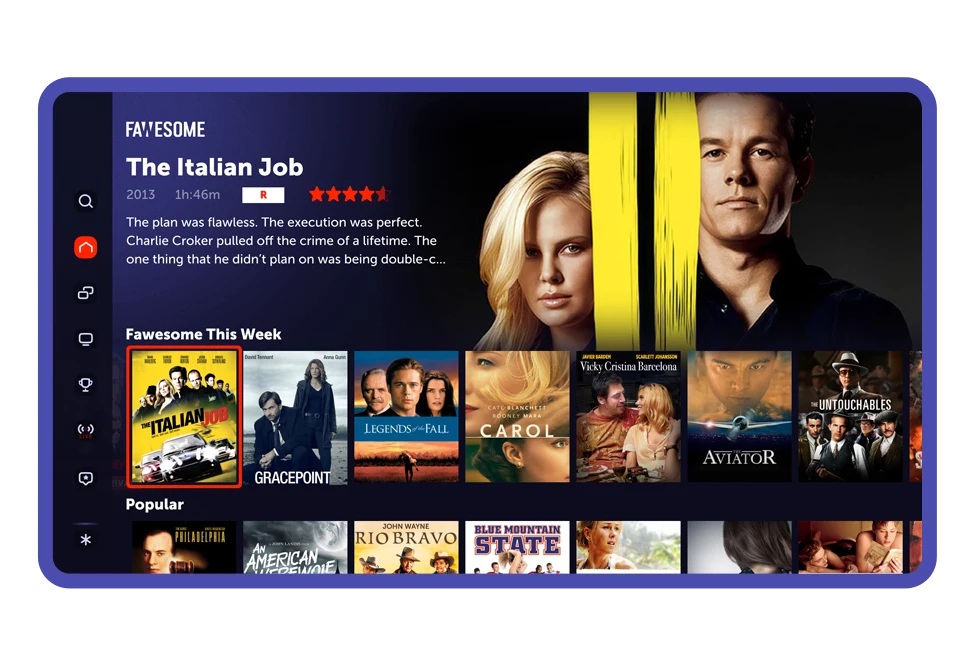Lunar Communications 40 Years Ago
Forty years ago this week I watched Apollo 11 astronaut Neil Armstrong step onto the surface of the moon. See James O'Neal's excellent article Equipping Apollo for Color Television for details on the video transmissions and the interesting story behind the cameras used to provide video from the Apollo missions.
I did some research to get more information on the communications between the Apollo spacecraft, the Lunar Lander and Earth. Maintaining communication with the Moon required some large antennas. And since the Moon wasn't always visible from the United States, the radio telescope at Parkes Observatory in New South Wales, Australia, was one of the facilities used to receive video from the Moon.
The work at Parkes during the Apollo 11 mission is outlined in great detail on the Parkes Observatory Web page On Eagle's Wings – The Parkes Observatory's Support of the Apollo 11 Mission.
It describes the Unified S-band Communication system and the procedures for converting the images from the Moon into broadcast television formats. I didn't see the actual frequencies listed on the site, but found a listing of frequencies for satellites launched in 1969 that shows Apollo 11 used 259.7 MHz, 296.8 MHz, 2272.5 MHz, 2282.5 MHz, 2287.5 MHz and 5765 MHz.
Looking through the photos and equipment descriptions in James O'Neal's article and the Parkes Observatory Web site, it is amazing to see how far technology has advanced in 40 years. Where will we be 40 years from now in 2049!
Get the TV Tech Newsletter
The professional video industry's #1 source for news, trends and product and tech information. Sign up below.

Doug Lung is one of America's foremost authorities on broadcast RF technology. As vice president of Broadcast Technology for NBCUniversal Local, H. Douglas Lung leads NBC and Telemundo-owned stations’ RF and transmission affairs, including microwave, radars, satellite uplinks, and FCC technical filings. Beginning his career in 1976 at KSCI in Los Angeles, Lung has nearly 50 years of experience in broadcast television engineering. Beginning in 1985, he led the engineering department for what was to become the Telemundo network and station group, assisting in the design, construction and installation of the company’s broadcast and cable facilities. Other projects include work on the launch of Hawaii’s first UHF TV station, the rollout and testing of the ATSC mobile-handheld standard, and software development related to the incentive auction TV spectrum repack. A longtime columnist for TV Technology, Doug is also a regular contributor to IEEE Broadcast Technology. He is the recipient of the 2023 NAB Television Engineering Award. He also received a Tech Leadership Award from TV Tech publisher Future plc in 2021 and is a member of the IEEE Broadcast Technology Society and the Society of Broadcast Engineers.
